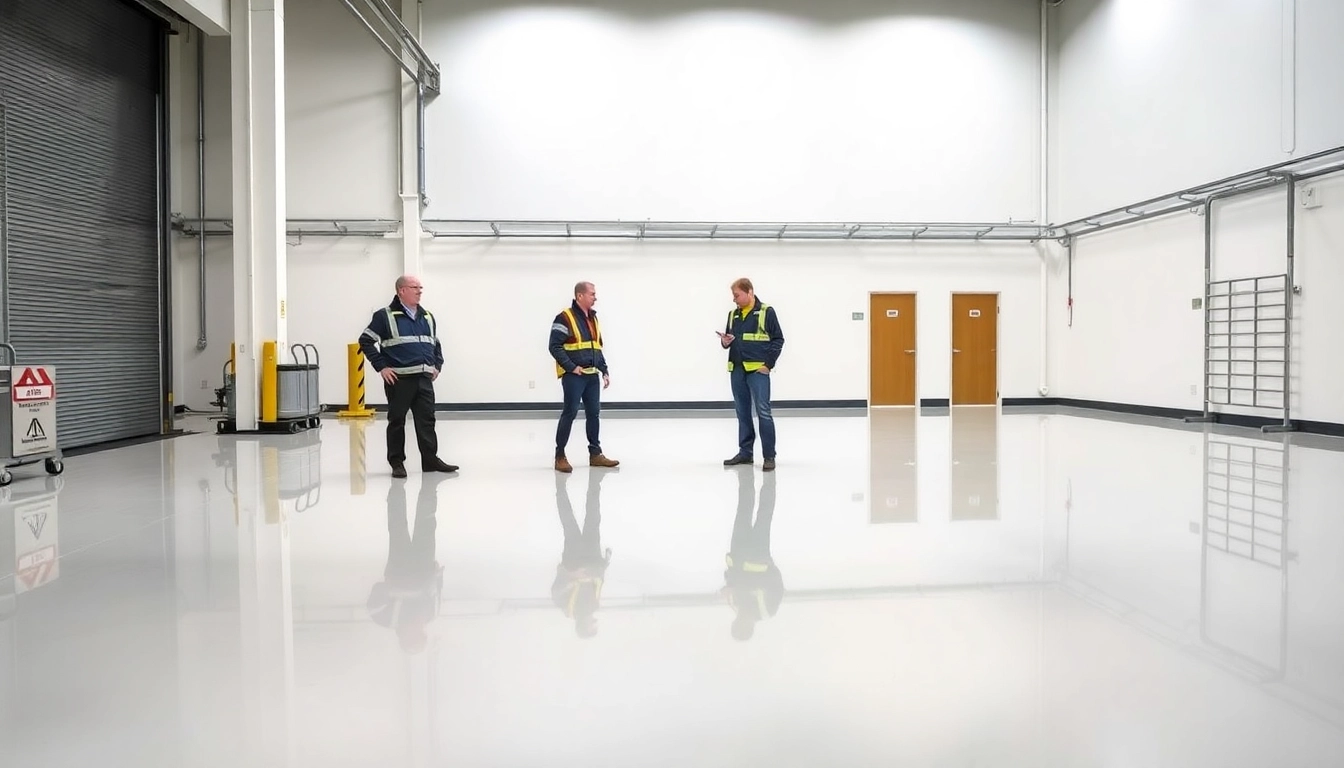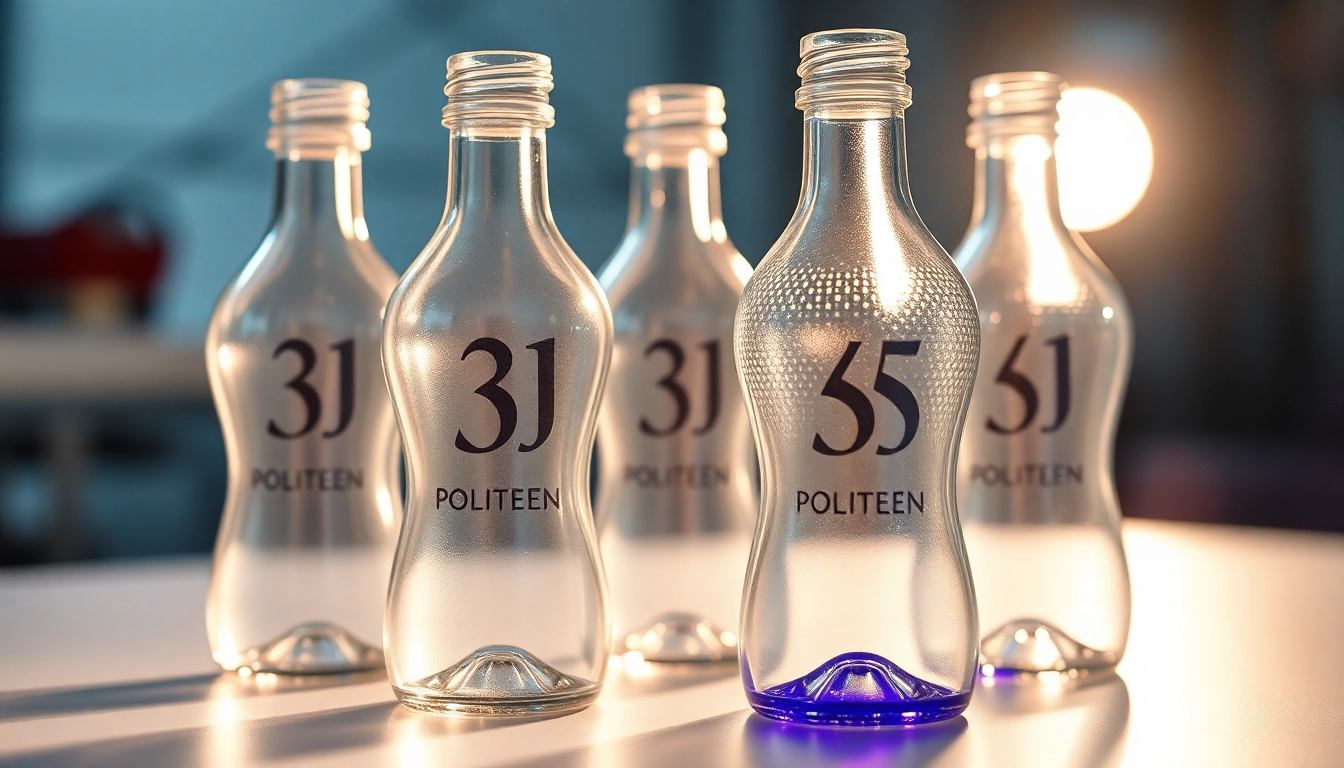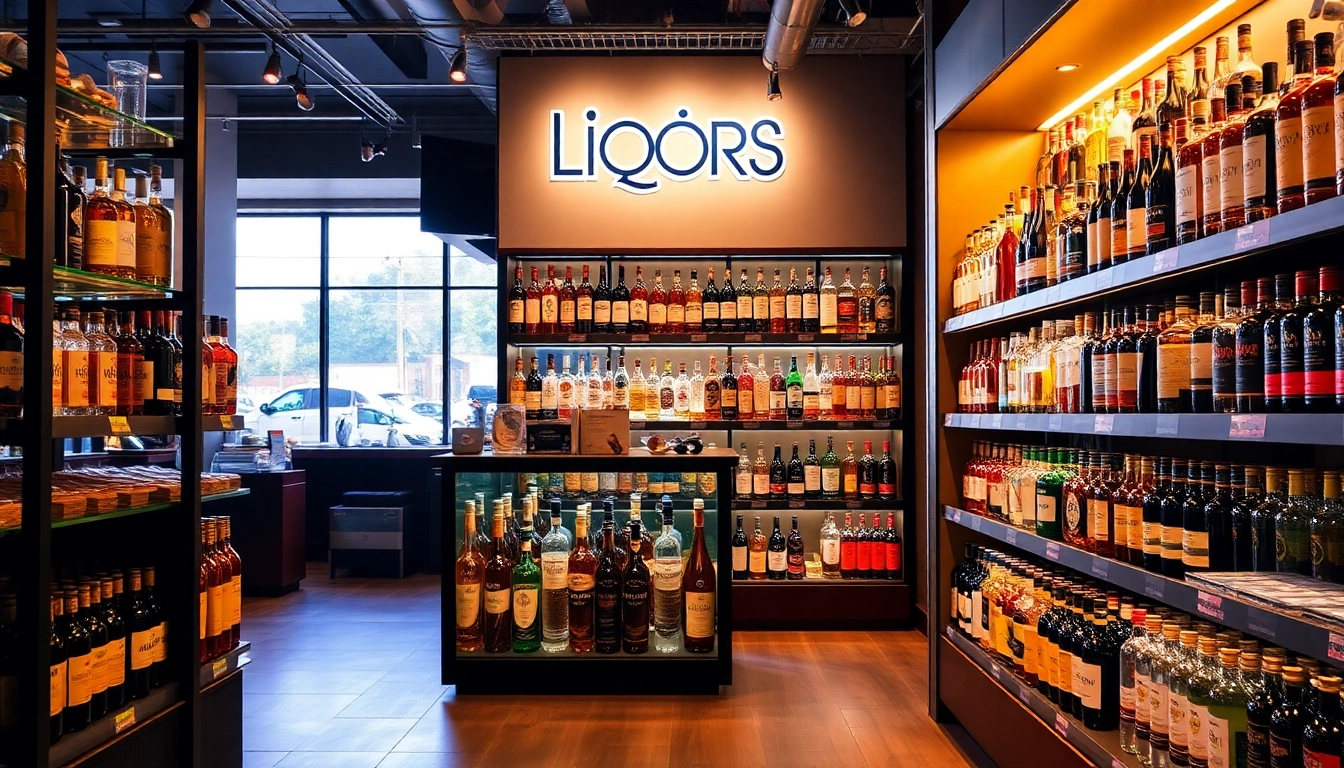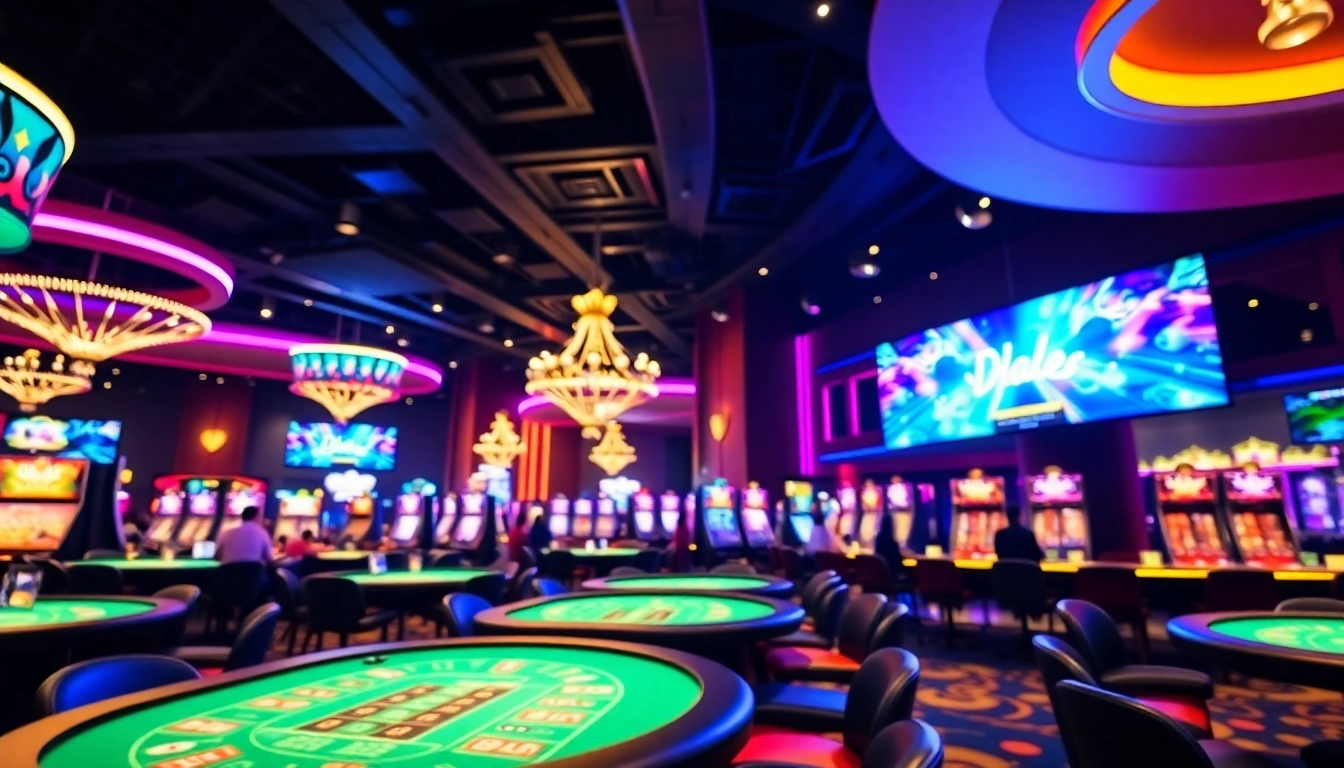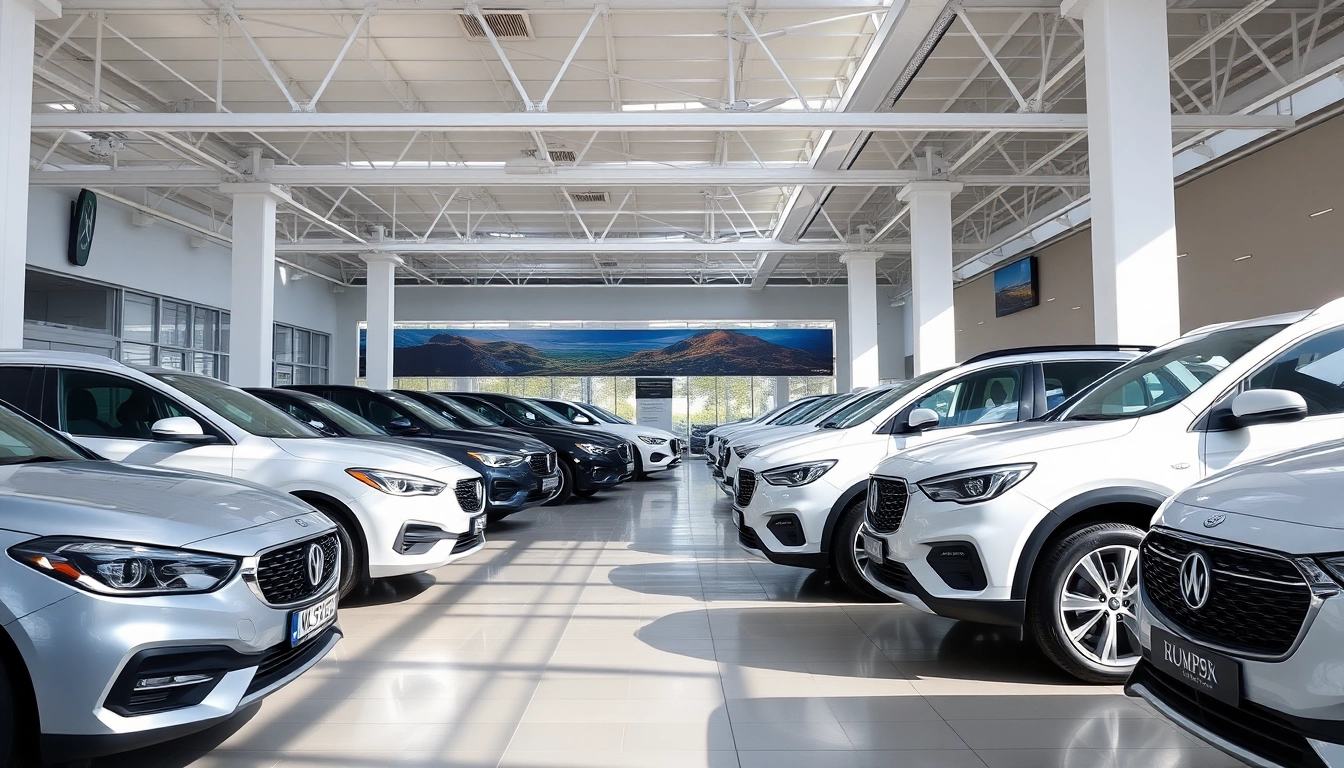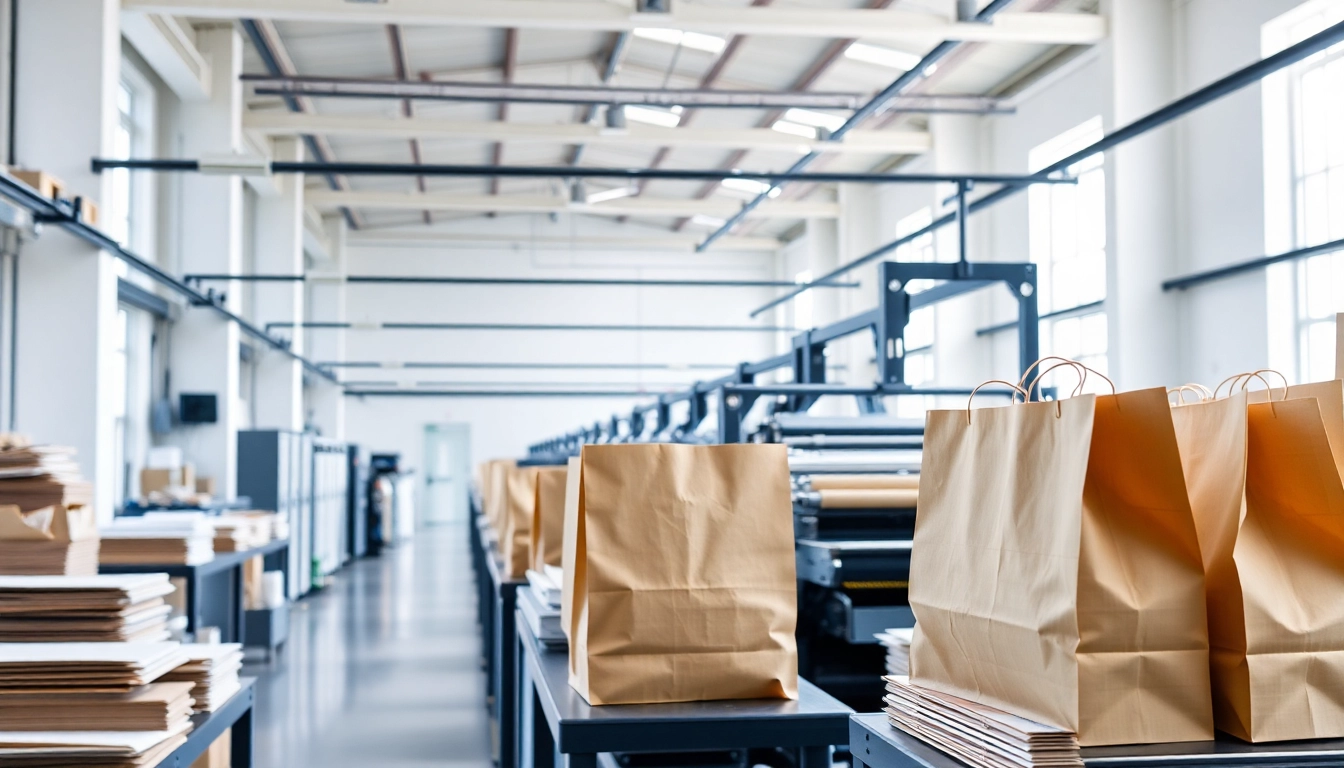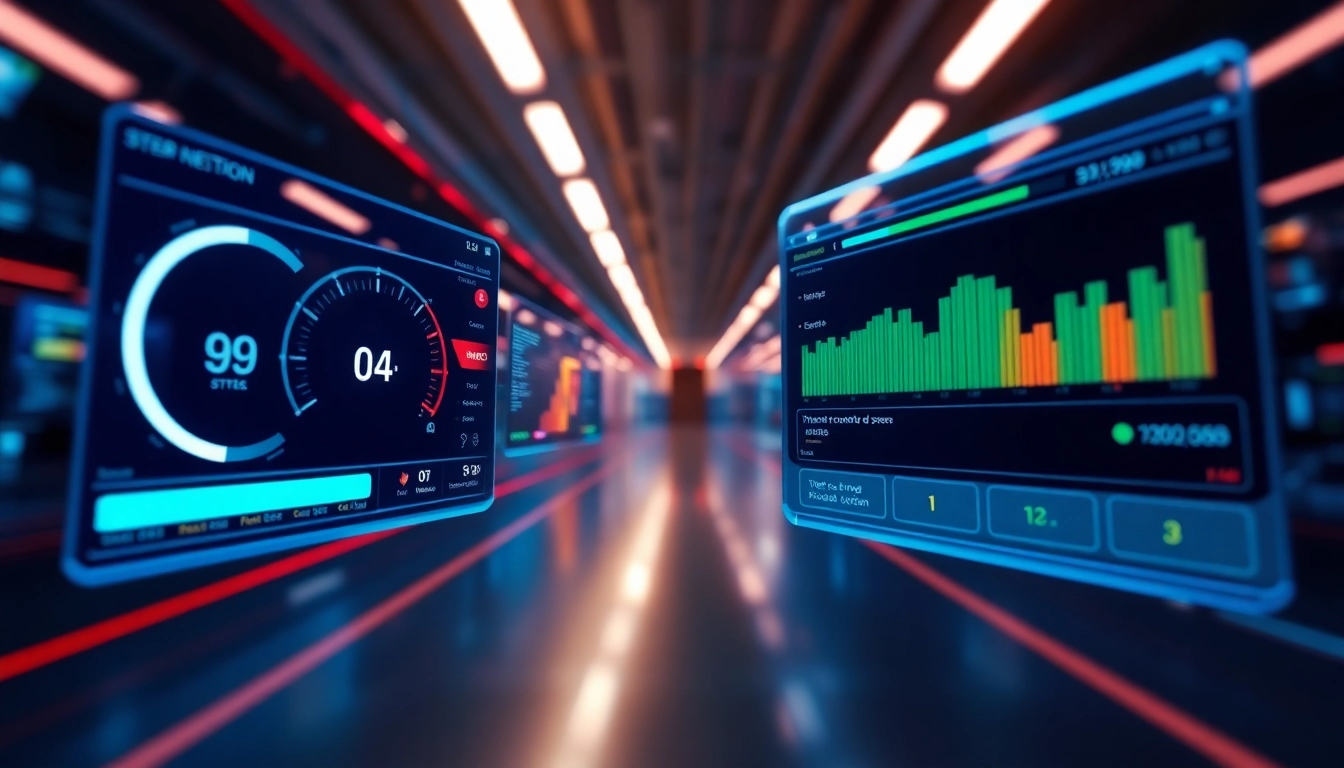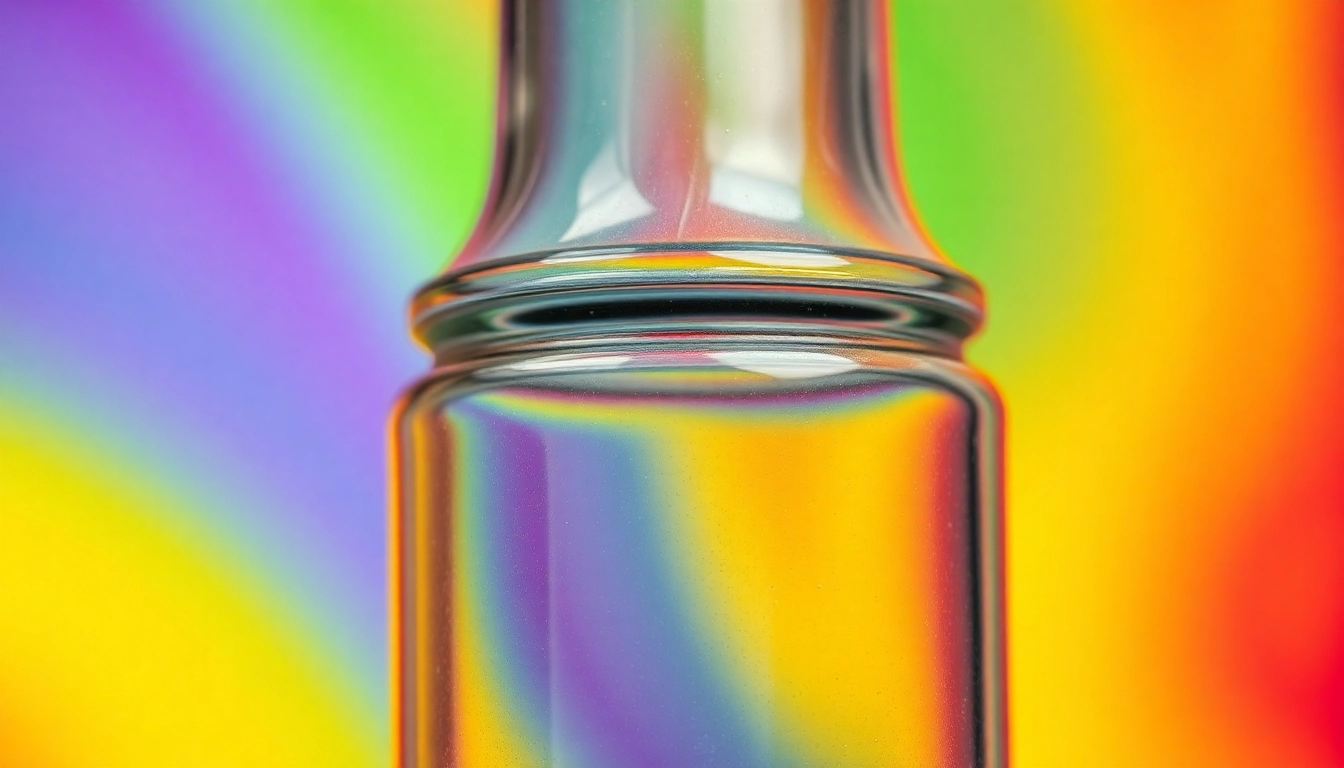
1. What is Polyethylene Bottle and Why Is It Preferred?
Definition and Characteristics of Polyethylene Bottles
Polyethylene bottles are plastic containers manufactured primarily from polyethylene, a versatile and durable thermoplastic polymer. Known for their excellent chemical resistance, lightweight nature, and high impact strength, these bottles have become a staple in various industries including food, cosmetics, pharmaceuticals, and chemicals. Their smooth surface allows for ease of labeling and branding, making them an ideal choice for manufacturers aiming for both functionality and marketing appeal. Polyethylene (PE) exists in several forms, notably high-density polyethylene (HDPE) and low-density polyethylene (LDPE), each tailored to specific application requirements based on their density, flexibility, and barrier properties.
If you are interested in discovering more about the diverse applications and advantages of polyethylene bottles, explore our polietilen şişe page for comprehensive insights.
Different Types of Polyethylene and Their Usage Areas
Polyethylene is classified mainly into HDPE (High-Density Polyethylene), LDPE (Low-Density Polyethylene), and LLDPE (Linear Low-Density Polyethylene). Each type serves distinct purposes:
- HDPE: Known for its strength and chemical resistance, HDPE bottles are used for cleaning products, milk, detergents, and industrial chemicals. They are also highly recyclable, aligning with sustainability goals.
- LDPE: More flexible and elastic, LDPE is often used in squeeze bottles, packaging films, and variations of dropper bottles where flexibility is a necessity.
- LLDPE: Combines flexibility with resilience, used in applications requiring tough and stretchable containers.
Each type’s unique properties open doors for specific manufacturing needs, ensuring optimized performance and cost efficiency across different sectors.
2. Manufacturing Process and Quality Standards of Polyethylene Bottles
Production Stages and Technologies
The production of polyethylene bottles involves several precise stages:
- Raw Material Preparation: Polyethylene pellets are selected based on desired density and properties.
- Extrusion and Blow Molding: The pellets are melted and extruded into preforms or tubes. In blow molding, these preforms are heated and inflated within molds to form bottle shapes with consistent dimensions.
- Cooling and Trimming: After forming, bottles are cooled rapidly and trimmed to eliminate excess material, ensuring smooth edges and uniform size.
- Printing and Labeling: Surface decoration and product information are applied through screen printing, heat transfer, or adhesive labeling.
Advancements in injection blow molding and extrusion blow molding technology have significantly increased production efficiency, dimensional accuracy, and overall product quality while reducing waste.
Quality Control and Standards
Ensuring high standards in polyethylene bottle manufacturing involves stringent quality control measures:
- Monitoring raw material purity to prevent contamination.
- Maintaining precise temperature and pressure controls during molding processes.
- Performing mechanical tests such as impact resistance, tensile strength, and elongation.
- Conducting chemical resistance tests to ensure compatibility with contents.
- Compliance with international standards such as ISO 9001 and ASTM F2633 for quality management and specific product specifications.
These practices guarantee that the final products meet safety, durability, and performance expectations required across various industries.
3. Health and Safety: Precautions When Using Polyethylene Bottles
Health Safety of Polyethylene Bottles
Polyethylene is recognized as a food-safe plastic, which is why it is extensively used in packaging edible products. According to scientific research, polietilen plastik sağlıklı mı? the material itself is non-toxic and does not leach harmful substances under normal use conditions. Its inert nature ensures that it maintains the integrity of contents, making it suitable for storing consumables.
Chemical Composition and Safety Testing
Polyethylene bottles are subjected to rigorous testing to verify safety:
- Migration tests to evaluate potential transfer of chemicals to food or liquids.
- Pilot studies and regulatory compliance assessments based on standards such as FDA (Food and Drug Administration) and EU regulations.
- Barrier testing to guarantee the containment of internal product properties and prevent external contamination.
Proper manufacturing and handling significantly mitigate risks, ensuring consumer safety.
Best Practices for Safe Usage
To maximize safety when using polyethylene bottles:
- Avoid exposing bottles to high temperatures or direct sunlight, which can degrade the material.
- Use bottles within their designated lifespan and replace any that show signs of cracking or discoloration.
- Ensure caps and closures are securely sealed to prevent leakage or contamination.
4. Applications and Industrial Solutions of Polyethylene Bottles
Role in Food and Cosmetic Industries
Polyethylene bottles are essential in the packaging of consumables and personal care products:
- Water, juices, and soft drinks often are packaged in high-quality PE bottles due to their clarity and strength.
- Cosmetic products like shampoos, conditioners, and body lotions benefit from lightweight, shatterproof polyethylene containers.
These bottles help maintain product integrity, ensure easy handling, and provide excellent branding opportunities.
Use in Chemicals and Industrial Products
Beyond consumer goods, polyethylene bottles serve critical roles in storing and transporting chemicals and industrial substances:
- Various acids, alkalis, and cleaning agents are stored securely in PE bottles designed for chemical resistance.
- Industrial lubricants and oils utilize robust polyethylene containers for safe handling and storage.
Customization for Retail and Wholesale Markets
The versatility of polyethylene bottles allows manufacturers and retailers to customize dimensions, colors, and branding elements:
– Sizes can range from small 50 ml sample bottles to large 5-liter containers.
– Caps and accessories can be tailored for specific sealing solutions, promoting product differentiation.
– Flexible designs accommodate different dispensing mechanisms like pumps, sprayers, or squeeze tops.
5. Purchasing and Shipping Precautions for Polyethylene Bottles
Acquiring Cost-Effective Polyethylene Bottles
For companies seeking the best value, sourcing polyethylene bottles involves analyzing quality, quantity discounts, and supplier reputation. Partnering with established manufacturers ensures consistency, compliance, and timeliness. Consider bulk purchasing options, and always verify certifications and test reports before making large orders.
Shipping and Storage Tips
Proper handling during shipping minimizes damage:
- Use secure pallets and protective wrapping to prevent crushing or deformation.
- Store bottles in cool, dry environments away from direct sunlight and sources of heat.
- Stack bottles carefully to avoid undue pressure on the containers, especially when stacking multiple layers.
Selecting the Right Miktar and Types for Your Business
Assess your production needs carefully:
– For small-scale or experimental purposes, smaller bottles are optimal.
– Large-volume production requires bulk supplies with uniform specifications.
– Modular accessories and cap options enhance usability and branding.
Conduct demand forecasting and inventory management to prevent overstocking or shortages.
